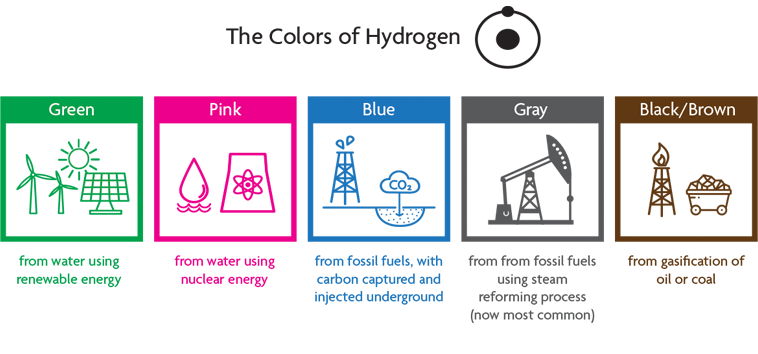November 14, 2022

The success of eliminating emissions from the long-haul trucking sector with hydrogen depends on enormously expanding the production of green hydrogen—that is hydrogen extracted from water using energy from wind, solar or other sustainable sources. Virtually all hydrogen now commercially available is considered grey hydrogen, which is produced mainly from natural gas through a process called “steam reforming,” which releases carbon dioxide.
The fossil fuel industry is putting billions of dollars on the line to retain much of that market. It seeks to perfect methods to capture much of the carbon from reforming and inject it deep underground in geological formations. The result is so-called “blue” hydrogen. But this process still leaks carbon into the atmosphere and has raised concerns about environmental damage.
Fishermen and residents of Livingston County, Louisiana, for instance, are now challenging a proposed carbon sequestration under a lake which they fear could destroy the lake’s ecosystem and many livelihoods. To most environmentalists, at best carbon capture is an interim solution until green hydrogen becomes widely available.
And there are large scale efforts underway to make that happen, focused on places with ample renewable energy sources. The province of Quebec in Canada is investing in plans to create an electrolysis facility using its large excess of hydropower. Denmark has drawn up plans to construct an artificial island for hydrogen production drawing on the ample wind energy in the North Sea. Sun-baked Saudi Arabia and other Middle Eastern countries are looking to use solar and coastal wind to create a hydrogen path away from dependence on oil production. Transporting the hydrogen may be done by first converting it to ammonia, which itself can be used as fuel.
All this capacity is vitally needed. Forbes magazine estimates that the cost of the cheapest green hydrogen now being produced must be cut in half to be competitive with fossil fuel-based hydrogen. Meanwhile, researchers are pursuing sometimes exotic, though potentially breakthrough, methods for improving the efficiency of electrolysis, such as quantum dot photoelectrochemical cells.
Shaking up all these efforts is the Biden Administration’s Inflation Reduction Act, which has dramatically ramped up incentives for hydrogen production and innovation. It is offering up to $3 per kilogram for hydrogen production, depending on the level of carbon produced. That gives the advantage to green versus blue producers (and even opens the door to hydrogen produced from organic waste and trash). It could entirely offset production (but not distribution and other) costs for the cheapest green hydrogen and reduce more expensive fuel to $1 or so per kilogram. “With the passage of the Act, we expect a boom for our electrolyzer and green hydrogen business,” announced Andrew Marsh, chief executive of Plug Power, a leading provider of green hydrogen.